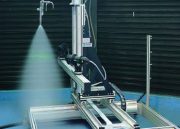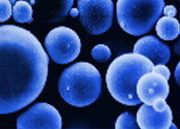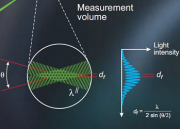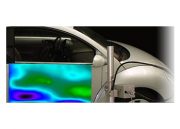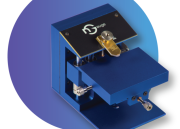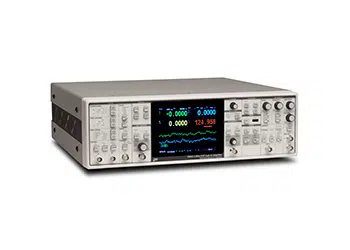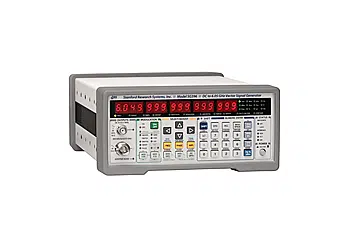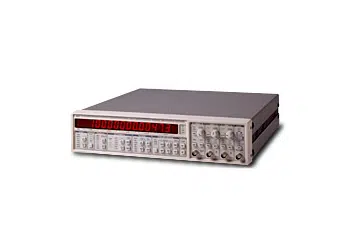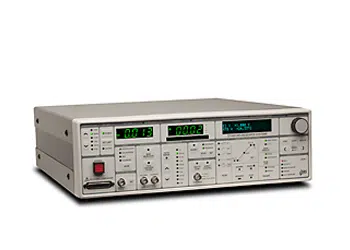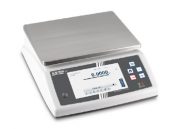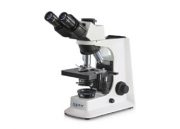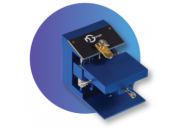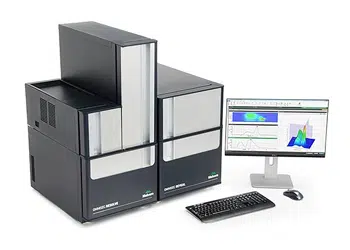OMNISEC System
OMNISEC System
The world’s most advanced multi-detector GPC/SEC system
Malvern’s OMNISEC is a Gel Permeation Chromatography (GPC) / Size Exclusion Chromatography (SEC) system for the measurement of absolute molecular weight by static light scattering (SLS), concentration, molecular size, intrinsic viscosity, branching and other parameters for the characterization of synthetic and natural polymers and proteins.
It consists of the GPC/SEC module OMNISEC RESOLVE which contains a pump, degasser, autosampler and
column oven and OMNISEC REVEAL, the multi-detector module with
integrated refractive index detector (differential refractometer), UV/VIS-PDA, viscometer for intrinsic viscosity and detectors for static light scattering – Right Angle Light Scattering / Low Angle Light Scattering (RALS/LALS)
This integrated design shortens the paths between the detectors and enables uniform temperature control of all detectors, both reduces the broadening of measurement peak through diffusion and thus increases the sensitivity
of the OMNISEC GPC system.
The OMNISEC can also be equipped with a multi-angle light scattering detector (MALS).
The entire system is operated using a single software, from controlling the hardware to creating measurement sequences to data acquisition and evaluation.
Optionally, the software can also be operated in compliance with 21 CFR part 11 for GxP laboratories.
Maintenance and certification of the entire Malvern OMNISEC system is carried out completely
by one Prager-Elektronik service engineer.
KEY APPLICATIONS
Bioscience and Biopharmaceuticals
- Quantify key metrics in stability profiling and biosimilarity. Accurately measure monomer, fragments and higher order aggregates respectively oligomeric state independent of column retention volume for protein, viruses, VLP’s and more. Predict and understand immunogenicity and efficacy.
Polymers, Plastics and Elastomers
- Control strength, toughness, durability, brittleness, processability and more to optimize the product quality for the desired application. Control product quality by understanding the effects of changing raw material supply, synthesis or manufacturing processes.
Understand the impact of processing and reprocessing on key material properties using conventional and advanced technologies, such as additive manufacturing.
Gain a deeper insight into degradation products, additives or impurities present due to polymer recycling processes.
Gene therapy
- Directly calculate critical to quality attributes for AAV samples. Percentage of full AAV, cp/vg, and viral titer are all easily accessible to enhance the process development and purification of new drug products.
Bioconjugation
- Protein conjugation analysis allows accurate quantification of protein-polymer ratio, glycoprotein, and drug antibody ratios (DAR). Optimize the bioconjugation process to extend half-life, and cell permeability.
Measure protein detergent ratios of isolated membrane proteins to improve the crystallization process.
Paints and Inks
- The effectiveness of printed polymers is linked to their macromolecular properties such as molecular weight and structural distributions. Understand the link between printing and the degradation of polymers is critical to ensure the efficacy of the printed pattern is not negatively impacted.
Pharmaceutical
- Polymeric excipient properties relate directly to clinical efficacy, safety, and quality of the product. Control the viscosity and molecular weight to ensure optimal performance or confirm the quality of sourced materials before they enter your production process.
Drug Delivery
- Measure degradation and drug delivery rates. Drug release rates from medicines are directly linked to the structure of the polymeric material used to deliver them. Controlling these structures ensures the final payload is delivered to the correct location.
Food and Drinks
- Control the mouthfeel and performance of food products by manipulating the molecular properties (Mw, IV)
of the bulk material.
Optimize the depolymerization of native polysaccharides to produce specific thickening properties.
Monitoring degradation of polysaccharides due to processing or blending of different source materials.
Sie sehen gerade einen Platzhalterinhalt von Google Maps. Um auf den eigentlichen Inhalt zuzugreifen, klicken Sie auf die Schaltfläche unten. Bitte beachten Sie, dass dabei Daten an Drittanbieter weitergegeben werden.
Mehr InformationenSie sehen gerade einen Platzhalterinhalt von Facebook. Um auf den eigentlichen Inhalt zuzugreifen, klicken Sie auf die Schaltfläche unten. Bitte beachten Sie, dass dabei Daten an Drittanbieter weitergegeben werden.
Mehr Informationen


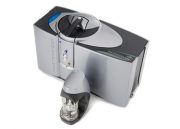

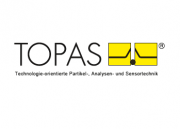
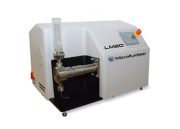
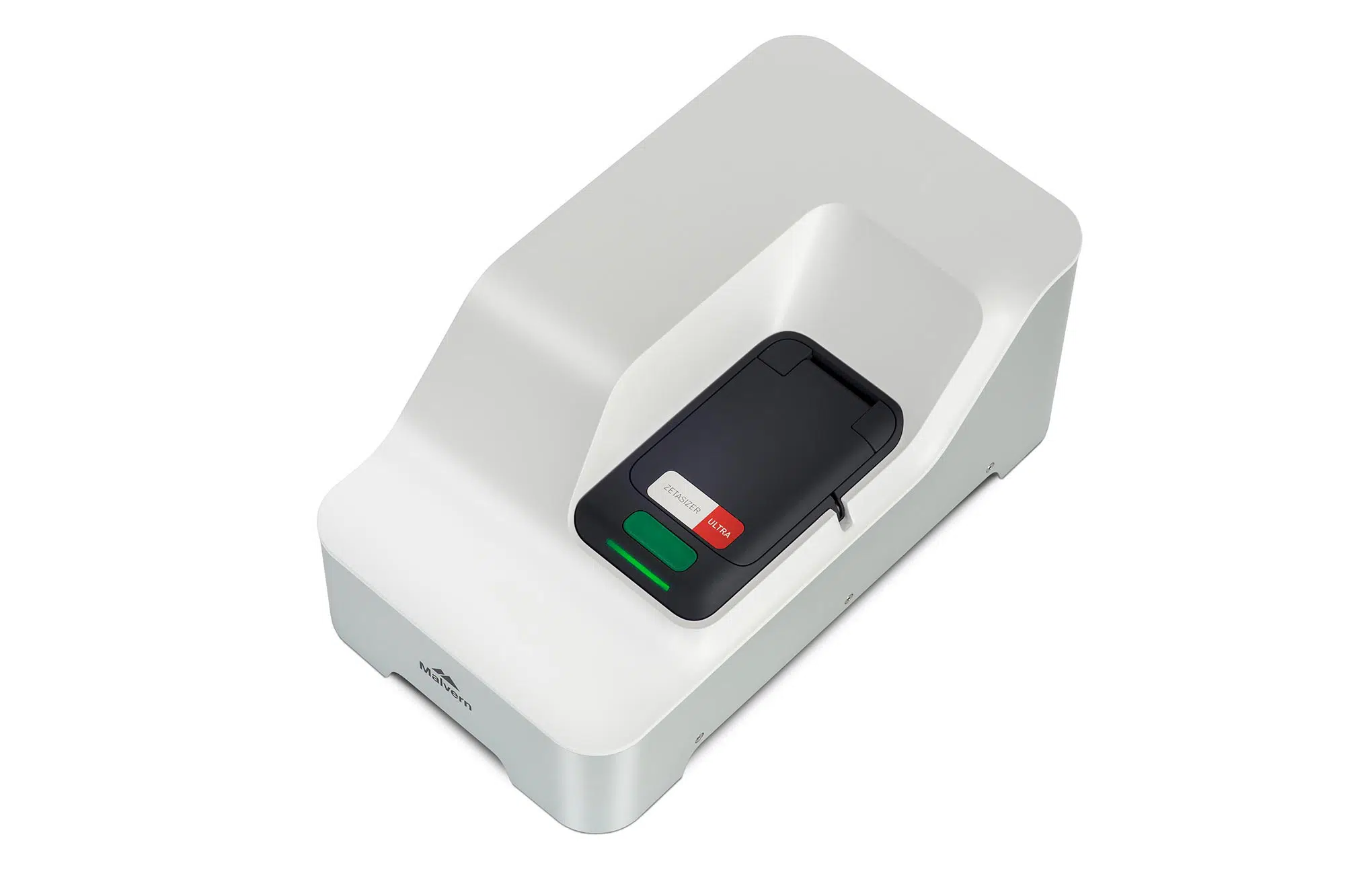
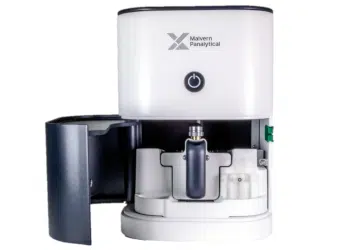




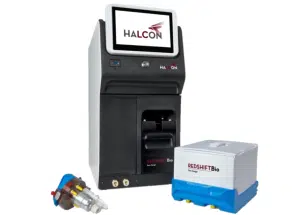
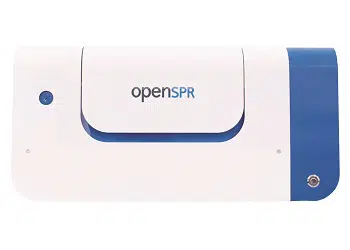
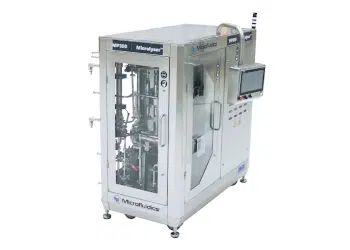
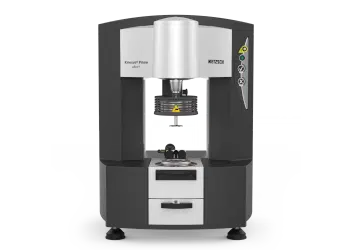
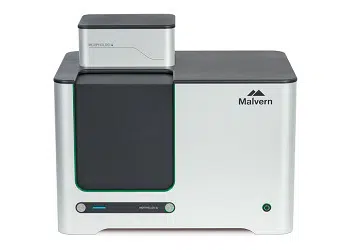
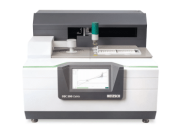






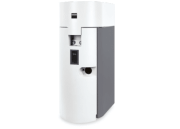


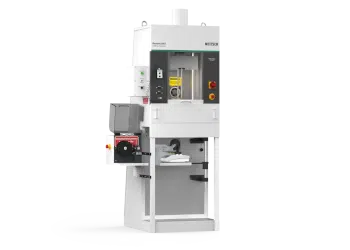



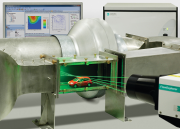
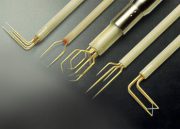
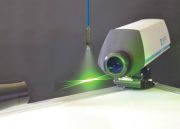

![[:de]kategorie_stroemung_staudruck[:en]kategorie_stroemung_staudruck2[:] [:de]kategorie_stroemung_staudruck[:en]kategorie_stroemung_staudruck2[:]](https://www.prager-elektronik.at/wp-content/uploads/2018/01/kategorie_stroemung_staudruck2-180x129.png)
